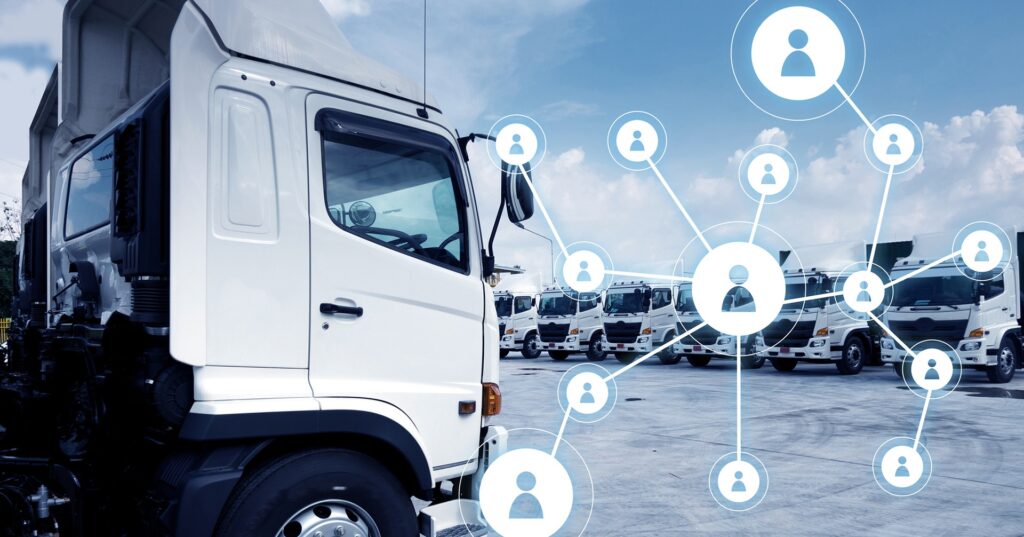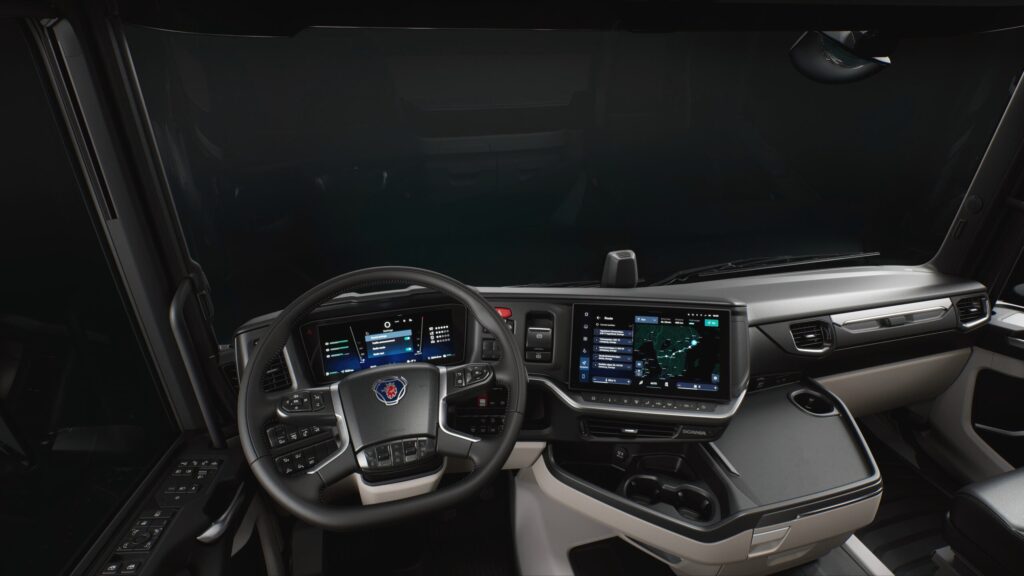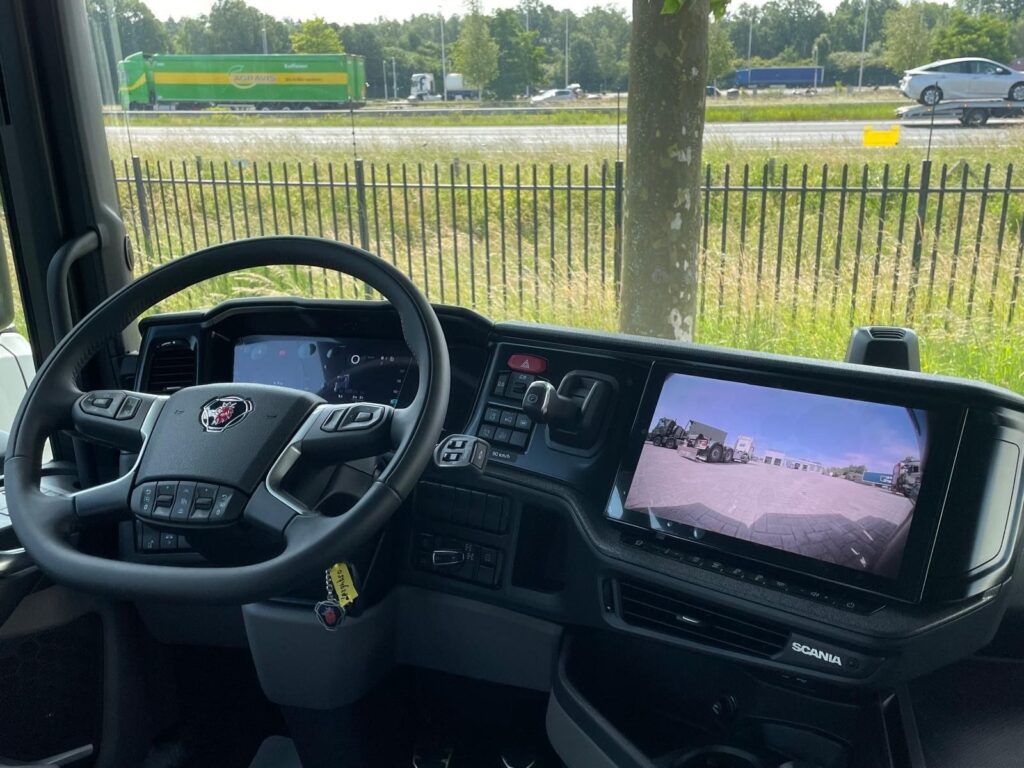If you manage a fleet—big or small—you already know that little inefficiencies add up fast. Fuel, insurance, maintenance, downtime… it all chips away at your margins. And with costs constantly creeping upward, doing things “the way we always have” just doesn’t cut it anymore.
Here’s the good news: The people at Idrive say that while implementing advanced fleet management technology requires an upfront budget, the ongoing savings and performance benefits warrant a closer look. With the right tools, even modest operations can gain real-time visibility, automate decisions, reduce waste, and boost performance across the board.
And yeah, there’s an upfront cost. But if you’re still hesitant about adopting AI dash cams, route optimization software, or predictive maintenance systems, let’s look at why these investments are no longer optional—but essential.
Why Smarter Fleets Are Winning

Let’s cut to the chase—smart fleet systems save you money. But the benefits go way beyond the budget sheet. We’re talking about safer roads, fewer surprise breakdowns, and teams that feel more supported and less micromanaged.
Here’s a breakdown of what modern tools can do for your operation:
| Feature | Benefit | Long-Term Value |
| AI Dash Cams | Monitors risky behavior | Reduces collisions, claims, and insurance premiums |
| Route Optimization | Shorter, smarter trips | Cuts fuel use and mileage-based maintenance |
| Predictive Maintenance | Catches problems early | Prevents major breakdowns, lowers service costs |
| Performance Dashboards | Tracks KPIs in real time | Helps improve underperforming areas fast |
| Load Consolidation | Maximizes truck capacity | Fewer trips for the same output = more profit |
Inside the Cab: How AI Dash Cams Do More Than Record

Let’s talk about AI dash cams—the kind that watch driver behavior in real time. Now before your team starts groaning about “big brother” tech, hear this out. These aren’t just surveillance cameras. They’re coaching tools that give real-time feedback and prevent issues before they escalate.
Modern dash cams track things like:
- Harsh braking or acceleration
- Lane drifting
- Drowsiness indicators (yes, even blinking patterns)
- Phone usage
- Following distance
Here’s the kicker: when a driver gets an in-cab alert for unsafe behavior, most self-correct immediately. And that small correction? It prevents accidents, saves fuel, and extends vehicle life.
These systems also provide footage that can protect your drivers in disputes—no more “he said, she said” if there’s an accident.
Suggestion: If you’re introducing dash cams, explain why. Position it as safety tech, not punishment. And use anonymized data for training sessions to build trust.
Better Routes, Better Results: Why Optimization Pays Off

If you’ve ever watched a driver zigzag across town with half a truck full of cargo, you know there’s room for improvement. That’s where route optimization software comes in—and it’s not just for massive logistics companies anymore.
These tools calculate the best routes in real time, factoring in:
- Current traffic
- Weather conditions
- Vehicle type and load
- Multiple drop-off or pickup locations
But it’s not just about picking the fastest path—it’s about load balancing across your entire fleet. Instead of three trucks driving half full, the system might suggest two fully loaded runs. That one change alone reduces wear and tear, labor hours, and fuel usage.
Did you know?
Some platforms can reduce total mileage by 15–25% just by optimizing daily routes and load planning. That’s like giving every truck in your fleet a pay raise without spending a dime.
Predictive Maintenance Isn’t Magic—It’s Math
We’ve all seen it: a truck breaks down on the side of the highway, costing a fortune in lost delivery time, towing, and emergency repairs. In many cases, it could’ve been avoided with data.
Modern fleet platforms track thousands of data points from:
- Engine performance
- Brake pad wear
- Oil quality
- Tire pressure
- Transmission temps
By analyzing trends over time, the system warns you when something’s about to go wrong—before it does. That means more scheduled repairs and fewer surprise breakdowns.
Even better? Your shop crew can plan their week instead of scrambling. That keeps labor costs steady and downtime minimal.
Pro Tip: Sync your predictive maintenance alerts with dispatch planning so vehicles are serviced without disrupting routes.
Performance Dashboards: Your Fleet’s Command Center

Think of performance dashboards as your mission control. They take raw data from all your vehicles and turn it into clear metrics. You get a real-time snapshot of how the fleet is doing, and more importantly—what needs fixing.
Look for KPIs like:
- Fuel cost per mile
- Driver safety scores
- On-time delivery rate
- Vehicle idle time
- Maintenance spend per vehicle
These dashboards also help you pinpoint underperforming routes or assets, so you can make targeted improvements without guessing.
Suggestion: Don’t just track data—act on it. Make reviewing weekly KPIs part of your standard operating rhythm.
Table: Real Results from Smart Fleet Systems
Here’s a quick look at what other companies have reported after switching to smart systems:
| Metric | Before Smart Tech | After Smart Tech | Improvement |
| Fuel Spend (Annual) | $320,000 | $268,000 | ↓ 16% |
| Accidents Per Year | 12 | 5 | ↓ 58% |
| Vehicle Downtime | 160 hrs/mo | 92 hrs/mo | ↓ 42% |
| Late Deliveries | 7% | 2% | ↓ 71% |
| Insurance Premiums | $180K | $153K | ↓ 15% |
These numbers aren’t hype—they’re from mid-sized fleet operators using tools like Samsara, Verizon Connect, and Lytx.
Building Buy-In: Because Tech Alone Doesn’t Solve Anything

Here’s a truth every fleet manager learns: even the best system fails if your people don’t buy in.
Drivers, dispatchers, and techs need to trust the tools. If they see AI as a way to get fired, you’ll never unlock the full benefits. But if they understand that it’s there to keep them safe, make their jobs easier, and reduce stress—they’re more likely to engage.
What helps:
- Run training sessions that explain the why, not just the how
- Share success stories from inside the team
- Offer incentives for improved safety scores or fuel usage
When people feel part of the process, they’ll support it. And that’s where transformation really begins.
A Final Word: The Future’s Already Here
Whether you’re managing a few vehicles or hundreds, one thing’s clear: smart fleet management isn’t just a tech trend—it’s where the industry is going. Those who adapt now will stay leaner, safer, and more competitive.
Yes, there’s upfront work: budgeting, training, change management. But what you gain—fewer breakdowns, better planning, lower fuel costs, and stronger safety records—isn’t just cost savings. It’s peace of mind.
So ask yourself: What’s your fleet leaving on the table by not going smarter?

